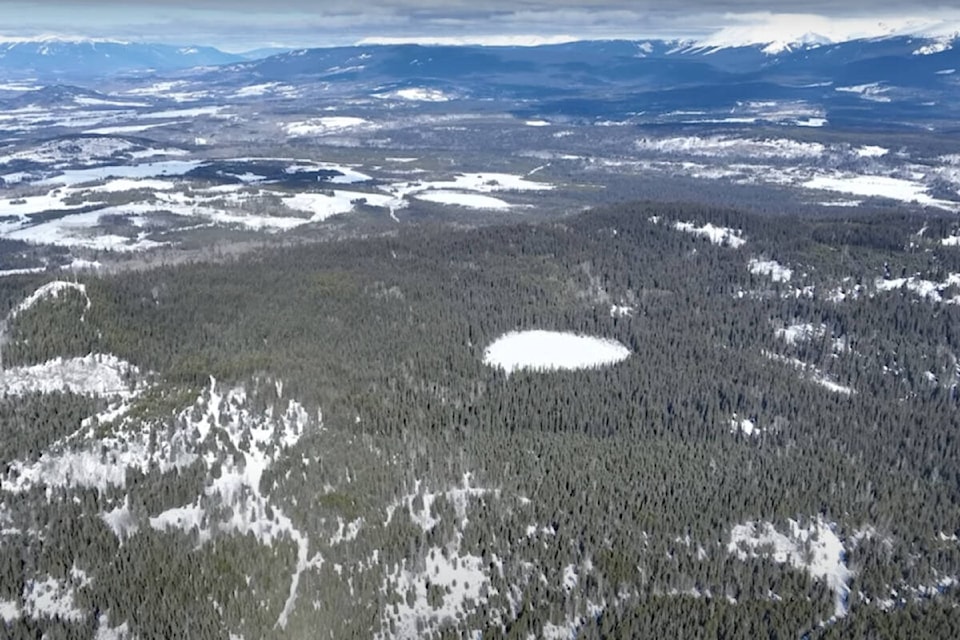A Northwest B.C. environmental group is raising the alarm about the provincial government cancelling more than 1.35 million acres of land designated for conservation and recreational use.
SkeenaWild says this was done despite warnings from government personnel and with no consultation with land and resource planning committees including the Bulkley Valley Community Resources Board (BVCRB), Kalum Plan Implementation Committee (KPIC), Indigenous nations, municipalities, regional districts and the public at large.
“These cancellations put valued habitats at risk of being removed from public lands, logged or impacted by industrial development, including popular recreational areas such as Klinger Lake, Tyee Mountain, Atlin, and the Stewart estuaries, the non-profit said in a release.
The Ministry of Water, Lands and Resource Stewardship, however, said extensive consultation was conducted and the move is progress toward reconciliation and modernizing land use.
Over that time, through consultation, some lands were protected and conserved as parks, protected areas or other designations, and other lands are made available for small-scale harvesting and forest management consistent with the publicly developed plans,” the ministry said in an email to Black Press Media.
Accompanying the SkeenaWild release is a video in which former provincial government Conservation Lands biologist Len Vanderstar surveys an area in the Bulkley Valley which had been set aside for wildlife habitat and is now being marked for cutting.
“Forestry can be used as a tool for managing these areas, but only for promoting and facilitating habitat objectives,” Vanderstar says in the video.
“These areas are not here to be a timber basket.”
He says, BC Timber Sales has laid out 20 cutblocks in the wildlife habitat area and are targeting big trees in the 100 - 120 year old range.
“The objectives for this wildlife habitat management area are being met by just leaving it alone,” he says.
The ministry also countered the video its email response.
“The specific areas referenced in the video are part of small-scale harvest, including removing single trees, to address beetle kill and promote ecological resilience,” it said.
“The harvesting plans were reviewed by the Bulkley Valley Community Resource Board and falls well within the harvest area limits recommended by the BVCRB.”
SkeenaWild was also highly critical of the government’s transparency.
“The provincial government refused to disclose which parcels were cancelled and their rationales — information that should be publicly available — forcing a series of Freedom of Information requests to obtain an understanding of what took place, contrary to open and accountable governance,” the press release stated.
The organization along with others are demanding the Land Act cancellations be rescinded immediately and that the areas be given interim protection to ensure no further land development occurs.
Bruce Ralston, the minister for Water, Lands and Resource Stewardship insisted it’s all part of the plan for better forest management.
“People care deeply about the forests, lands and waterways that support their communities and local economies,” he said.
“They are essential to a healthy environment and provide good jobs to tens of thousands of British Columbians. That’s why we are taking steps to modernizing forest and land-use policy in B.C. – to strengthen ecosystem management, advance reconciliation and boost community involvement in decision- making.”
